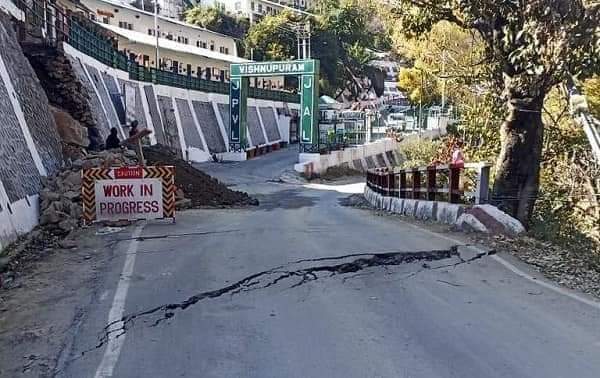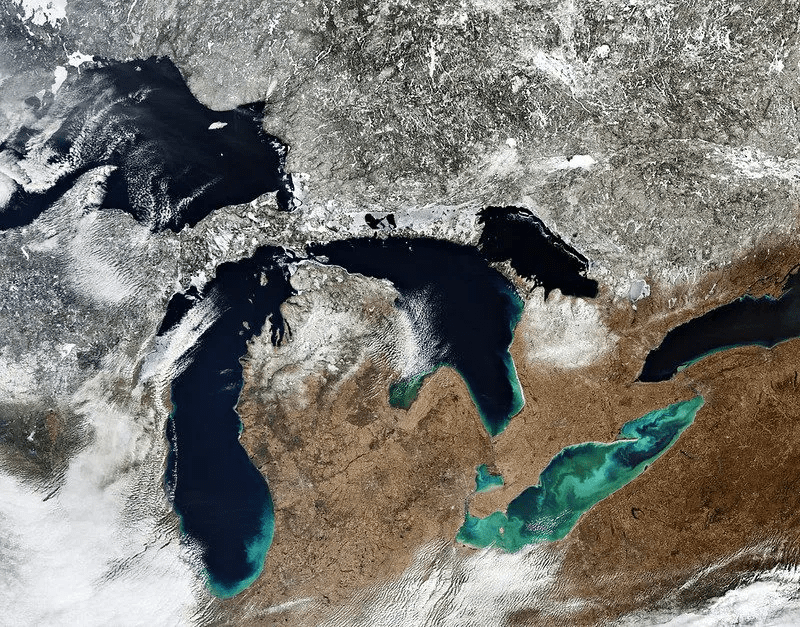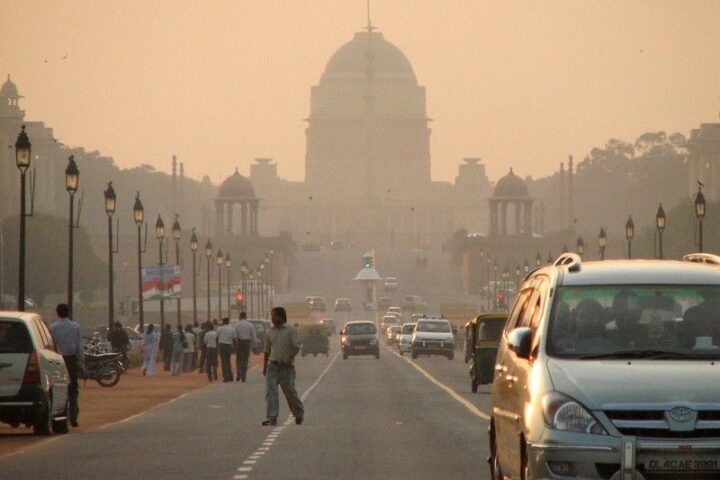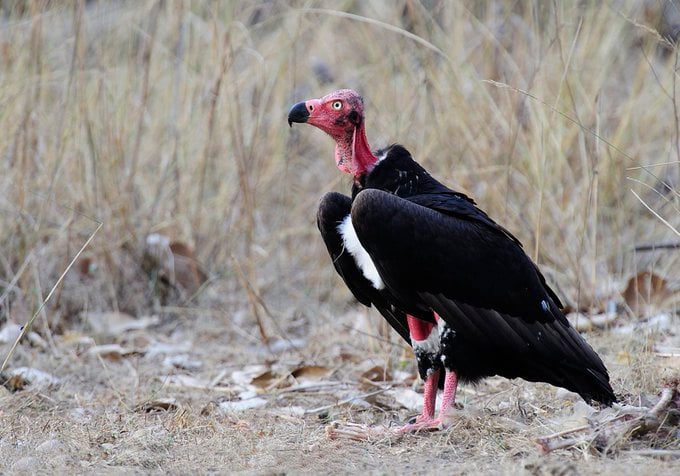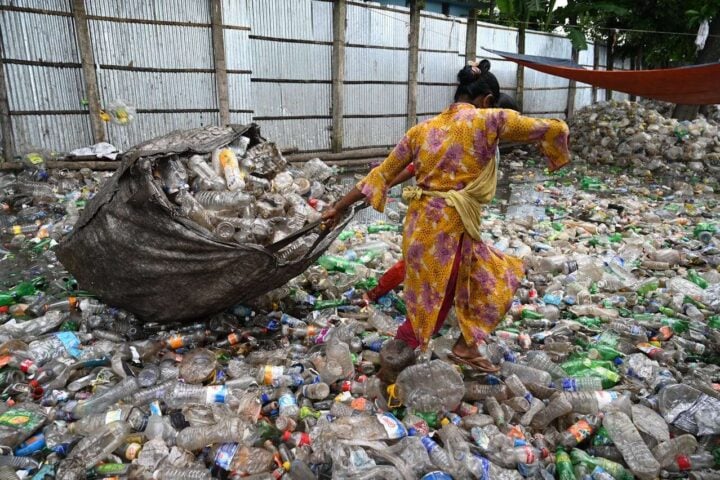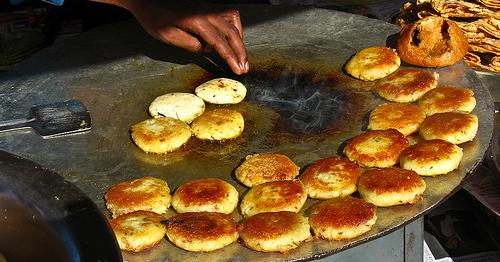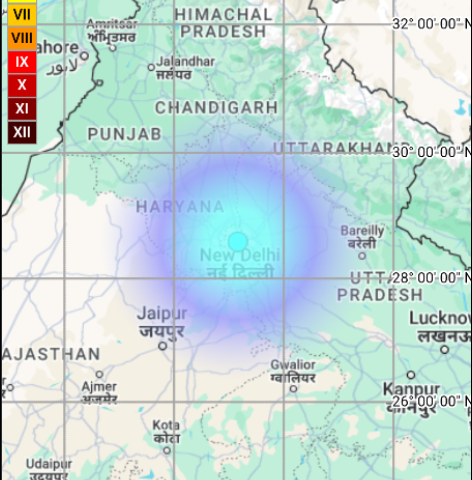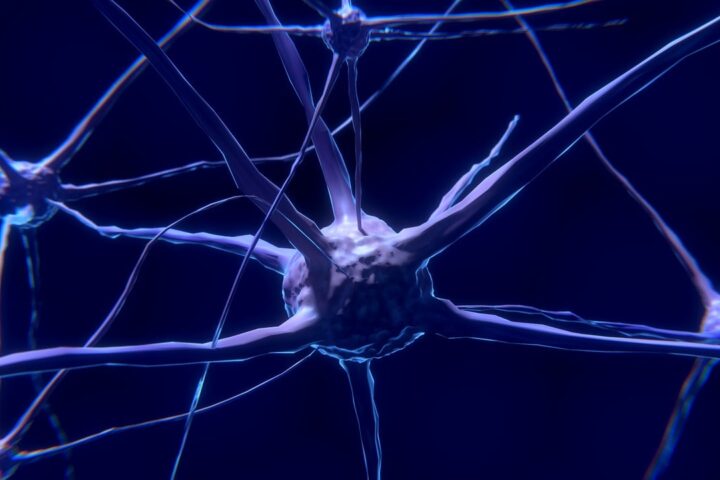The ancient Himalayan town of Joshimath has been declared a landslide-subsidence zone, with over 60 families in damaged houses being evacuated to temporary relief centers and at least 90 more families needing to be evacuated. The local administration has established relief centers in several locations, and the Chamoli District Magistrate is going door-to-door in the affected area to assess the damage and encourage people living in houses with cracks and on the verge of collapse to move to the centers.


A total of 4,500 buildings in Joshimath have been affected, with 610 of them being deemed uninhabitable due to large cracks. A survey is ongoing, and the number of affected buildings may increase. The damaged area, which includes both houses with pre-existing cracks and those recently damaged, spans about 1.5 km in an arch-shaped pattern.
Residents of uninhabitable houses in Joshimath have been told to move to safer accommodations, including hotels and homestays. The state government will provide a monthly allowance of INR 4,000 for up to six months to those who need to rent a new place to stay. Chief Minister Pushkar Singh Dhami, who visited the affected areas on Saturday, encouraged officials to relax norms and expedite relief efforts, including work on drainage treatment and sewage systems. He emphasized the importance of not remaining in damaged houses and risking lives.


Prime Minister Narendra Modi called Chief Minister Dhami to inquire about the situation in Joshimath, including the land subsidence and efforts taken for the safety and rehabilitation of residents. He requested updates and is closely monitoring the situation in the town, which serves as a gateway to popular destinations including Badrinath, Hemkund Sahib, and skiing destination Auli. The National Remote Sensing Centre in Hyderabad and the Indian Institute of Remote Sensing in Dehradun have been commissioned to conduct a study of Joshimath through satellite imagery and provide a detailed report with photographs.
The Geological Survey of India has been requested to assess the potential use of Koti Farm, the Herb Institute, and the Horticulture Department’s land in Joshimath and Pipalkoti’s Semaldala area for rehabilitation. The Shankaracharya Math in Joshimath has also developed cracks due to the land subsidence threat. Swami Vishwapriyanand, the Math’s chief, attributes the disaster to hydroelectric power projects and tunnels, stating that the town had no cracks just 15 days ago, but now they are continually increasing.
For decades, the Himalayan town of Joshimath has been at risk of land subsidence due to its location in a landslide zone. The danger was highlighted in the 1976 Mishra Committee report, which recommended a ban on construction in the area and warned against removing boulders or blasting hillsides for roads. However, these recommendations were ignored and hydroelectric projects were established in the region. In 2009, a tunnel boring machine punctured water-bearing strata near Shelong village, leading to a discharge of 60-70 million liters of water per day. Now, over 60 families in Joshimath have been evacuated from damaged houses and at least 90 more families may need to be relocated due to the current land subsidence crisis.
